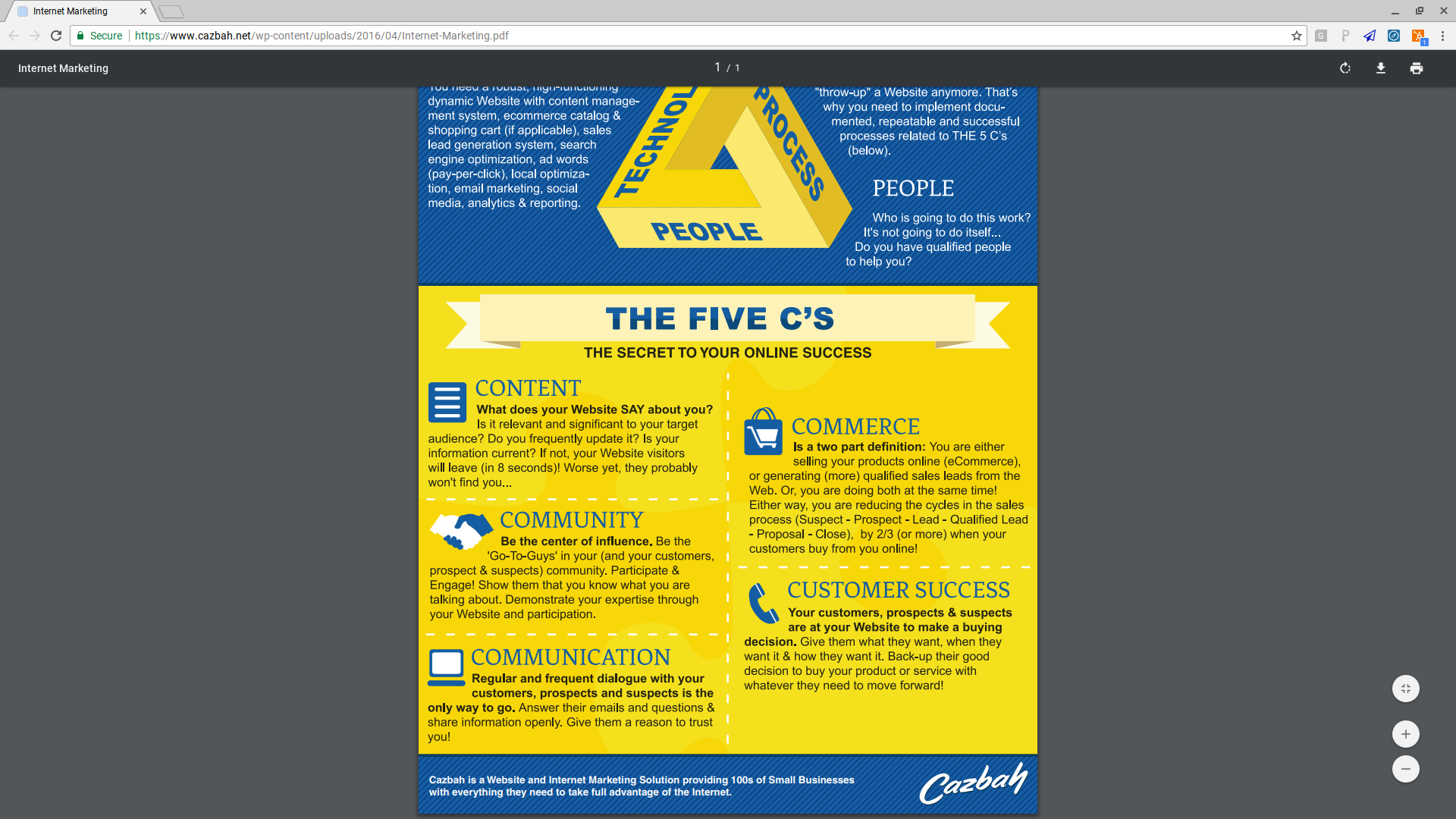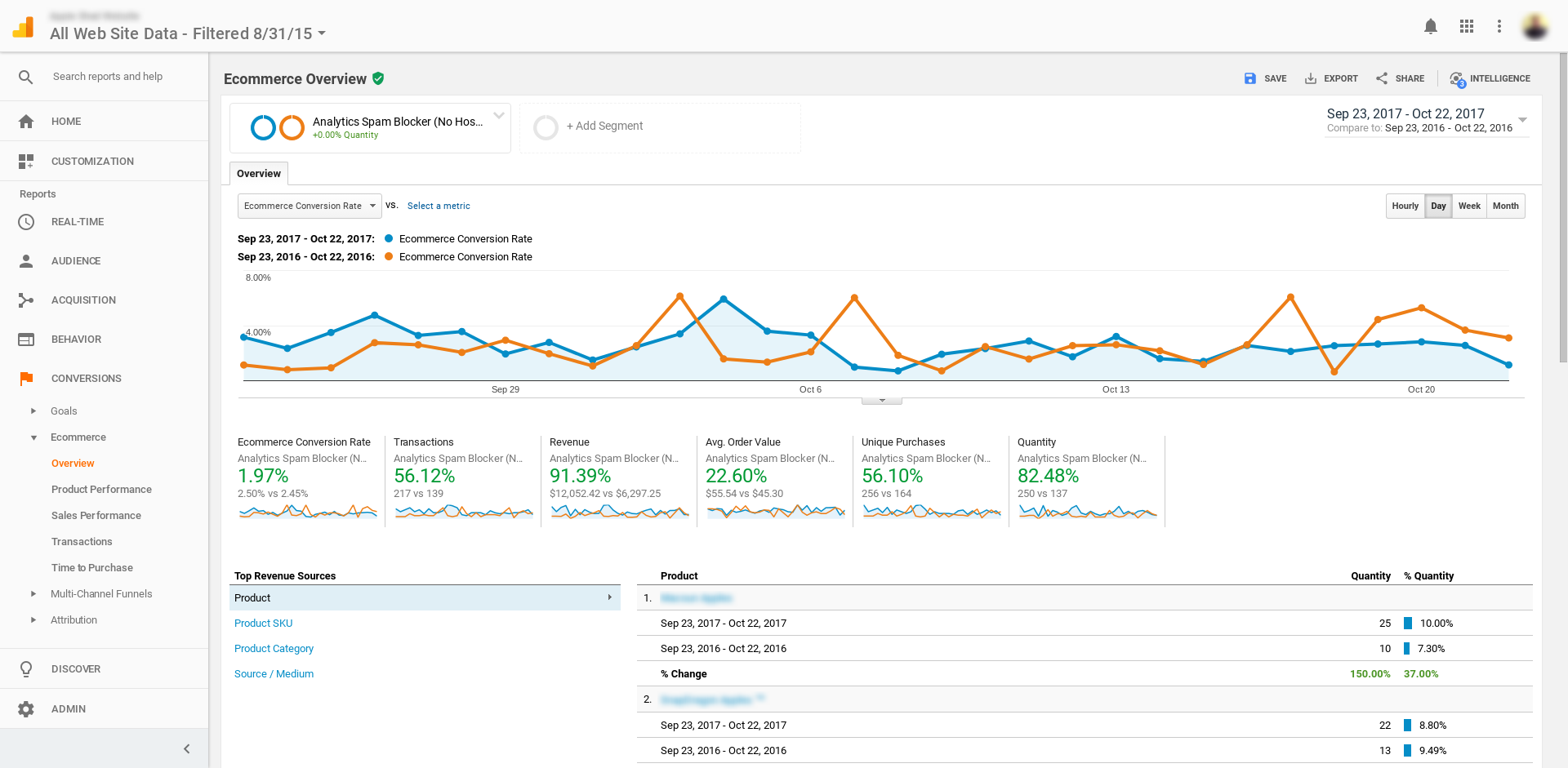Implementing a new digital marketing campaign can be both exciting and worrisome. This is where having a marketing map comes in!
Will it work? What kind of reaction can you expect from customers? Will the Return On Investment (ROI) make it worthwhile? All of these are valid questions but there is a way to mitigate some of the risks of bringing a new campaign to fruition.
By creating a marketing map you can see where your prospect will be going and what challenges they may face.
What Is A Marketing Map?
In a nutshell, a marketing map is a visual representation of the journey your prospect will take before he or she becomes an actual customer. It will show each marketing channel (SEO, PPC, email marketing, banner ads, content marketing, Social Media, for example) and the path that a prospect will take before they become a customer.
It will also show each step along the way to making a buying decision, outlining the next action you want your prospect to take.
Why Create A Marketing Map?
Creating a marketing map does several things. First and foremost, it makes sure that everyone, who needs to know, is on the same page. Everybody who might be impacted by your marketing (sales, production, shipping, etc.) can see the process and knows the journey each customer will take.
It also allows you to see the buyer’s journey and determine if that process can be made more efficient. You can map out virtually every customer experience and choose the one that makes the most sense for them and your business.
A marketing map provides you with a high-level view of your campaigns and will identify each channel that your customer will use. So how do you create a marketing map? Following the below steps will get you on the right track.
1. Identify Entry Points
Take a moment and think through your customer’s journey. Where do they end up? Is it on a landing page set up for a particular offer? Do you want them to call a phone number? Do you want them to download a whitepaper?
Knowing where they wind up will help you create an optimal experience for your customer.
Each marketing channel should lead to a relevant endpoint for your customer. Be wary of leading them to your homepage. Going to a general place like that could lead to confusion and frustration for your prospect.
For example, let’s say they are coming in from a YouTube video. They already have a good idea of what your product or service has to offer. But instead of sending them to a landing page that asks them to request a free trial you send them to your homepage.
At this point, they have no idea what to do next. They may not be able to find the product they were searching for and they will most likely navigate away from your site. You must send them to a page that continues the process and the story they just started.
By using a marketing map, you will always know what the next step should be.
2. Focus On Lifetime Value
Your marketing map should not stop once a prospect gets to your website or even becomes a customer. What happens next? Once they are a customer you need to continue to delight them and turn them into evangelists for your brand.
This means educating them on your products or services in order for them to get the most out of them. It means keeping them up to date on new products and innovations that your company has come out with. I like to call this the Customer Success stage of their journey.
You should be in contact with them to see how they are enjoying your product and answer any concerns they may have. The first purchase your customer makes is just the beginning. “What happens next?” is the question you need to be asking yourself.
3. Identify Bailout Points
Not every prospect will become a customer. That is obvious. But by using a marketing map you can easily identify where prospects are bailing out of the buying process.
If a customer leaves the shopping cart with items still there, what was the reason? Maybe they were concerned about the price of the quality of the product. Maybe they got interrupted by a family member and had to go. Whatever the reason, you need to figure out a way to get them back.
It could be something a simple as an email saying “Hey, you have items in your shopping cart. Come back to finish the transaction.” Or you can retarget them with social ads. Your marketing map will help you determine where you are losing prospects. With that information, you can devise a process to get them back on the buying path and help increase your conversion rate.
4. Use Benchmarks And Metrics
Having all your marketing efforts in one place can make it easy for you to see where you are getting the most results and which channels are under-performing.
If you see that one particular channel is outperforming the rest by a mile, you can then double down on that one and really get the most out of your digital marketing dollar.
Testing new content or a different offer for that particular channel will be easy and could deliver an out-sized return on investment (ROI) for your company if done right.
In Conclusion
Every person in your organization should be working toward the same goal; increasing the number of customers your business has. A marketing map will clarify your strategy and keep everyone connected. With everyone pulling in the same direction your conversion rates will no doubt increase as will your bottom line.
Want More Info on How to Grow Your Business?
Check out our website and get a FREE comprehensive analysis on why your site is not performing and how to fix it!
Check out our blog page for more useful articles on a variety of topics!



